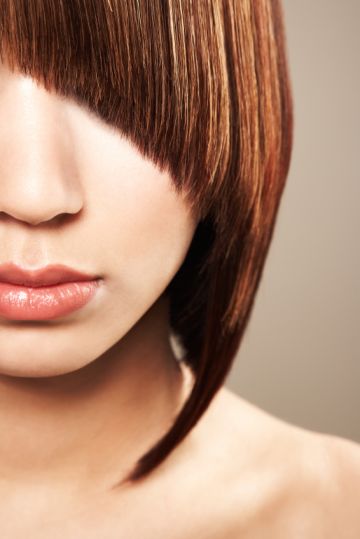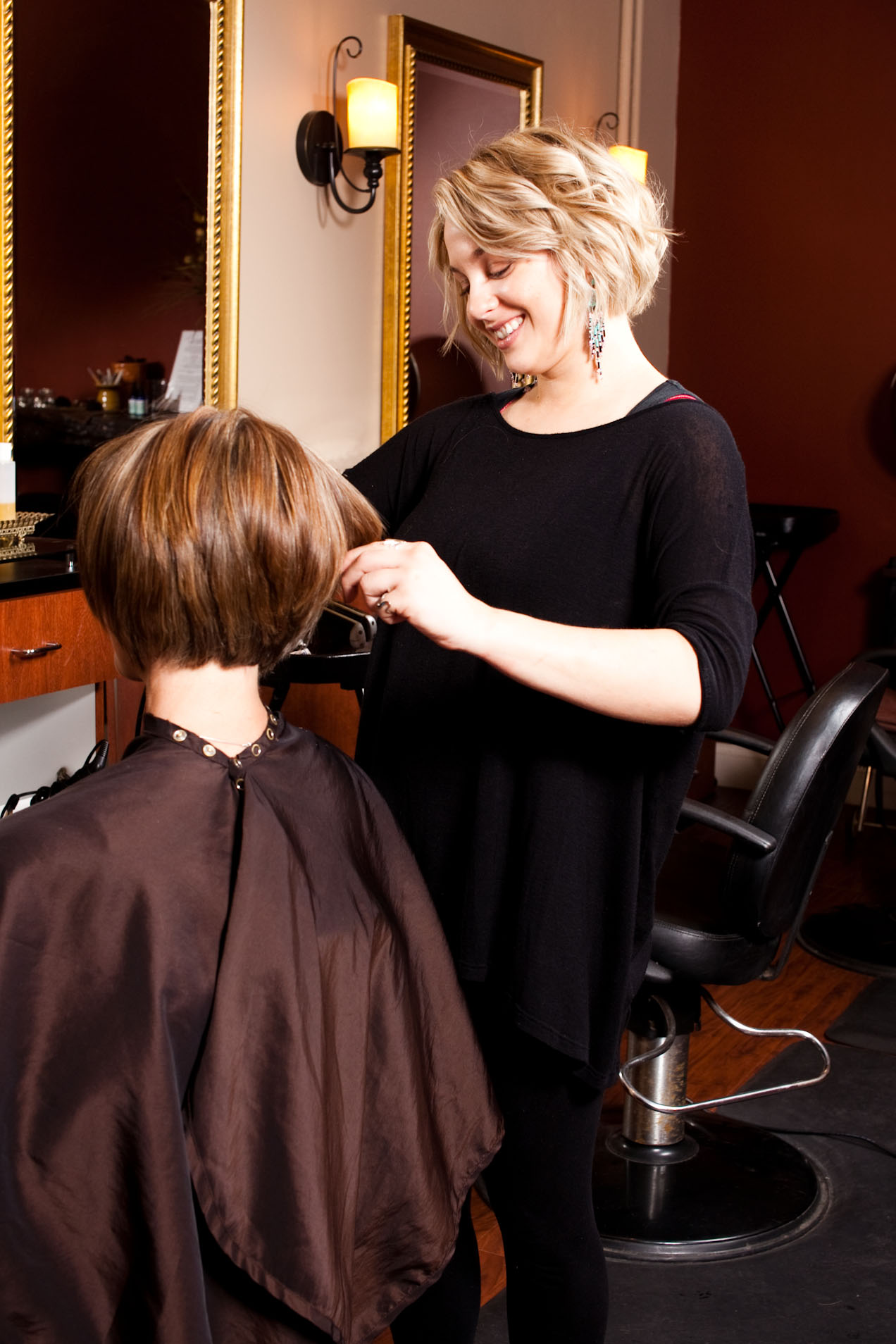Hello, blooming Informed Beauty!
Unlike the unpredictable weather as of late, there is a solid and STEADY growing current of studies in the personal care/beauty industry that is now surfacing and being accepted.
This weekend I spent a couple hours reading a professional forum on hair straighteners and which are safe in results of the "Brazillian Blowout" lie. Believe it or not, there were 320 posts of stylists feeling sick, and desperately searching for alternatives. Many are so fed up with the industry lies (much how they squeeze silent substitutes in quote "ammonia free color") and are purchasing instruments to measure the true chemicals at home/in salon. WOW!
When I first started researching health in relation to the hair and skin booming industry, much of the data was hidden, and highly controversial. I know that we are seeing more transparency and understanding in our personal care due to the number of clients and friends that continually send feedback and emails sent to my email inbox (ex: thank you Nancy, for the article posted in this newsletter!)
My suggestion is to always consider the source, the motive, and the end "action" of what you've read. I am always here for further questions, as it my passion to always grow and learn in what our own revelations are in the choices we have. Daily...moment by moment....and comfort isn't easy to break from.
Enjoy the following "blurb" and have a great one, Informed Beaute'
Hair coloring products linked to lymphatic cancer
Long-term use of hair dye promotes lymphatic cancer, says this new research from Yale University. The finding isn't surprising: the toxic ingredients used in hair dyes have long been known to be highly carcinogenic. It's yet another example of the health dangers of personal care products like deodorant, perfume, shampoo and soap: all of which contain toxic ingredients that are inevitably absorbed through the skin and enter the bloodstream.
The FDA openly allows personal care product manufacturers to use highly toxic ingredients by hiding behind the ridiculous position that such products are for external use only and, therefore, don't present a health hazard to the public. It wasn't too many years ago that most doctors and health researchers thought the skin was impermeable. But today, the FDA must certainly know that the skin is porous, since the agency has approved so many "patch" drugs that deliver chemicals to the bloodstream through the skin (such as the nicotine patch, for example).
Yet the FDA continues to allow personal care product manufacturers to use openly carcinogenic and toxic ingredients in their formulas, without any requirement whatsoever to even list those ingredients on the labels! An analysis of one popular perfume product, for example, showed it to contain more than forty toxic compounds known to cause liver cancer. None of the cancer-causing chemicals were listed on the label, and the FDA seems to be in no hurry to require such labeling. Can you imagine? "Poison: Yes, it's really poison."
That hair dyes have been linked to cancer is really no surprise to those familiar with the toxicity of personal care products. Practically every popular product contains at least one cancer-causing chemical, and hair dyes are near the top of the list.
Learn more: http://www.naturalnews.com/000922.html#ixzz1JKVeQsCe








